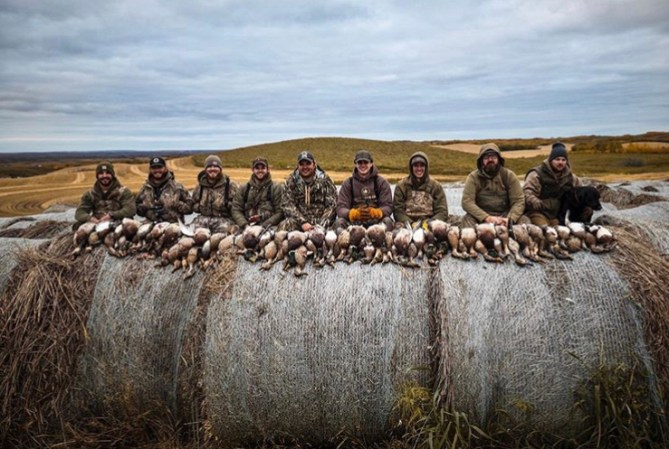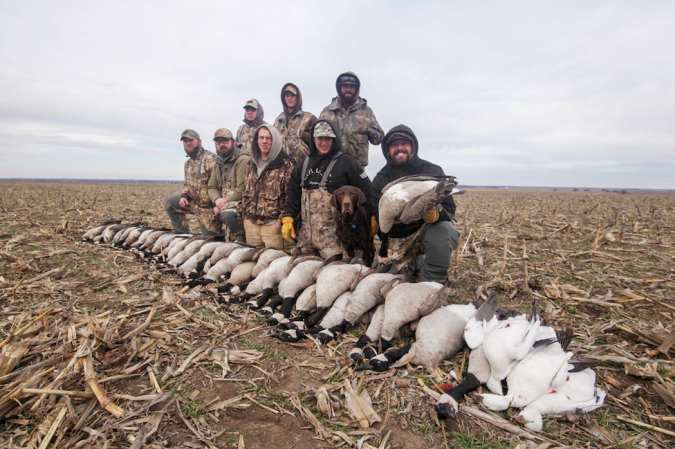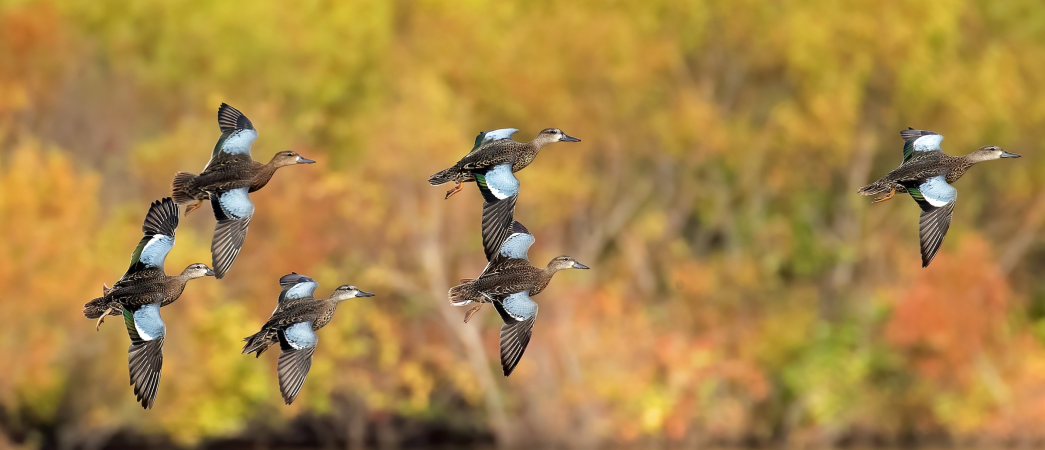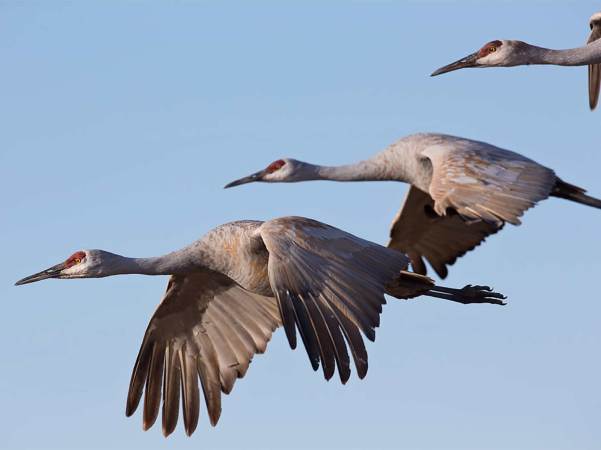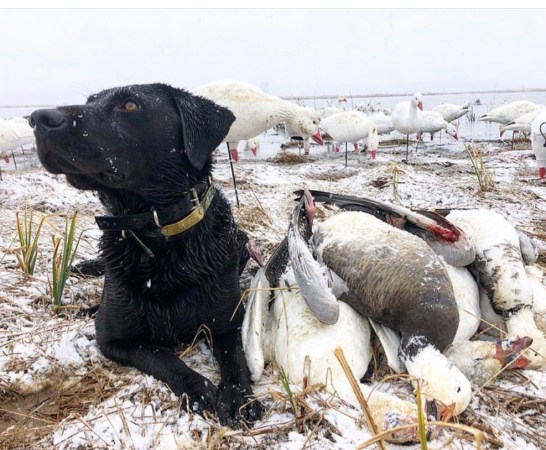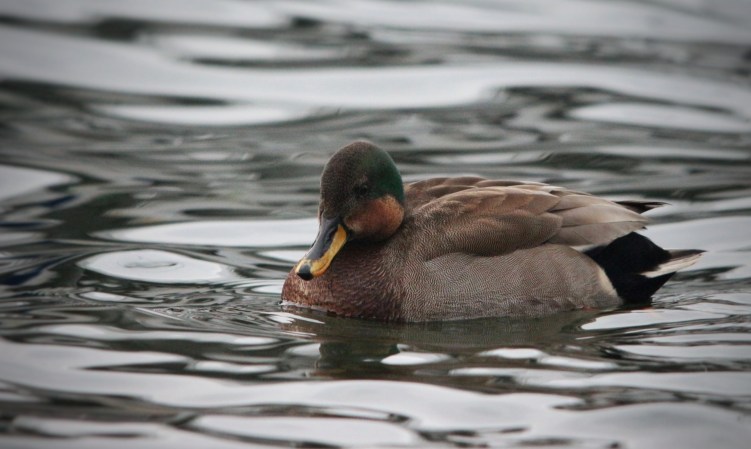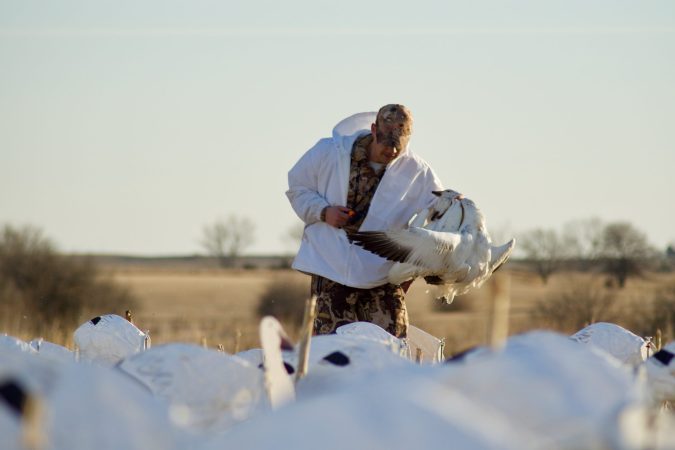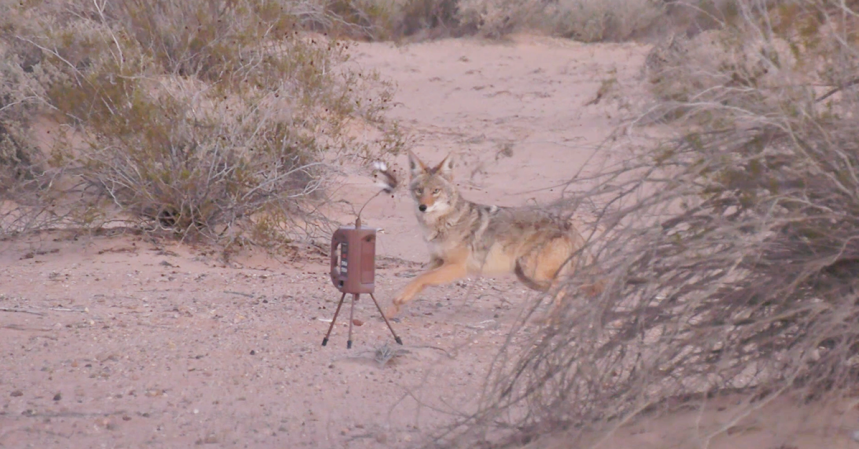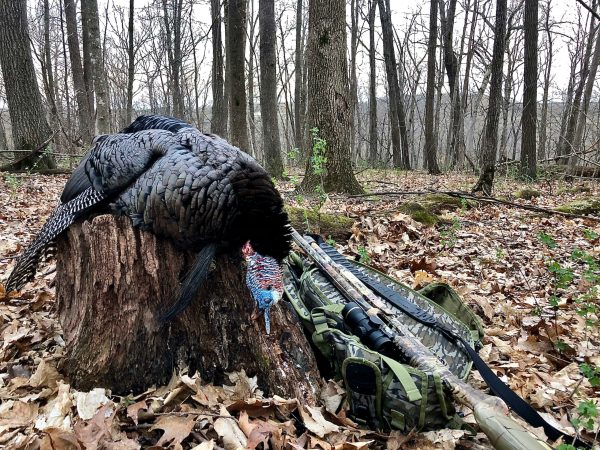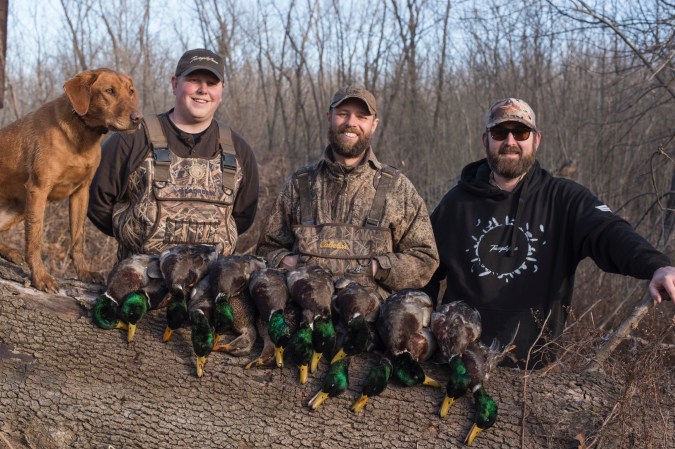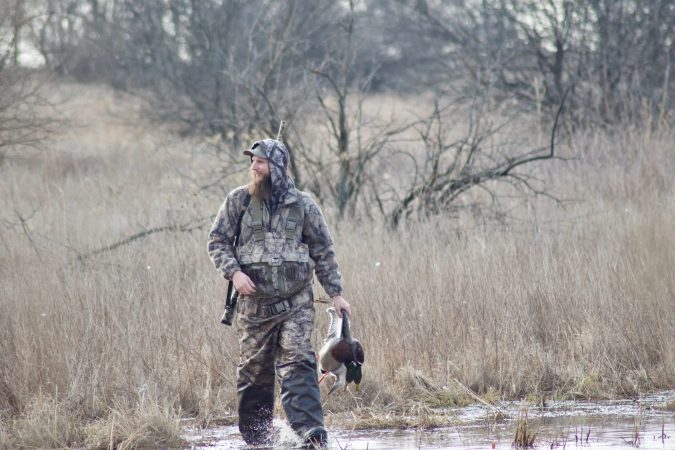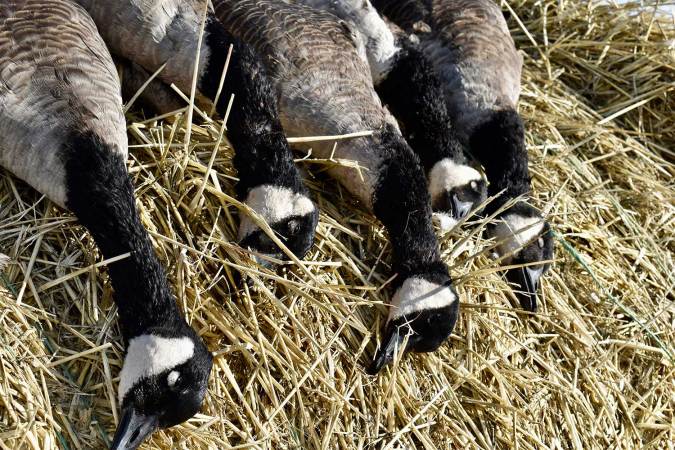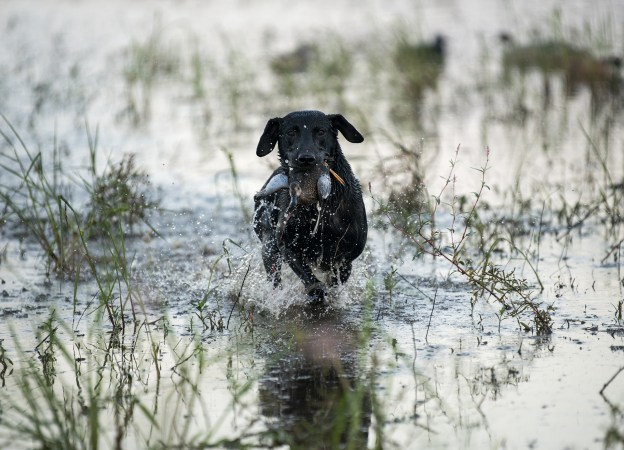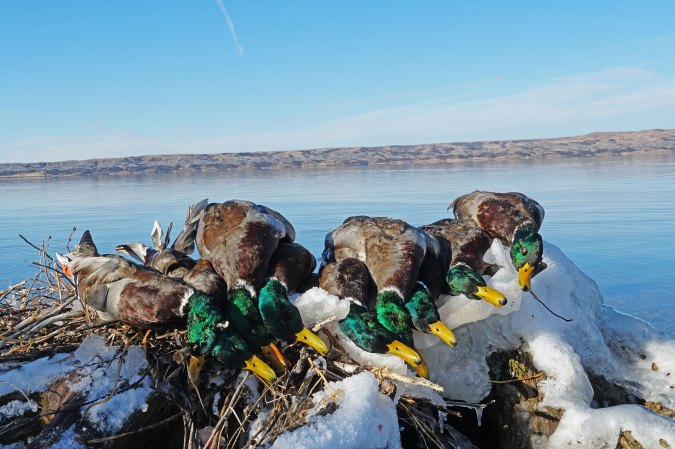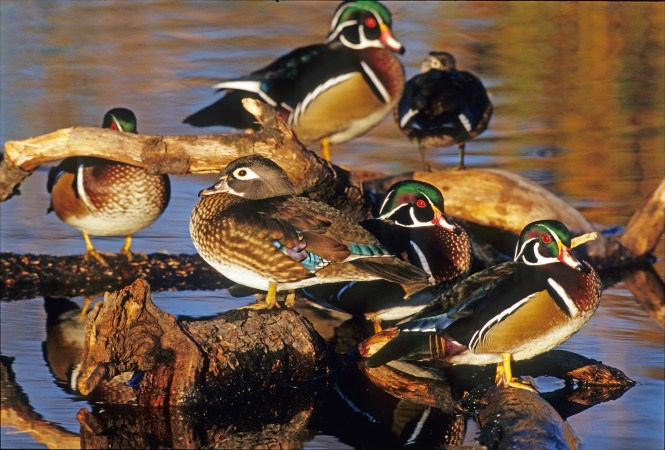We may earn revenue from the products available on this page and participate in affiliate programs. Learn More ›
I was lucky enough to be one of the hunters in the video featured above. The hunt took place in eastern Kansas last week just as a cold snap brought the leading edge of the migration south. Finally, after a week of warm weather, the guys from Hardcore Brands and I would have some fresh birds to hunt. Our guide from Wicked Outfitters found a flooded, partly frozen, field that ducks were pouring into and it was game on. Everyone in our group was able to shoot a limit of five mallards, and we also took a pintail, a couple gadies and a wigeon. Here’s what we did right and how you can shoot your late-season limit when you know where the birds want to be.
1) Hide Well
Never hunt where you can’t hide. We cleared out a hole in the ice near a treeline where we could tuck in and put the sun at our backs. Bright, sunny days are good greenhead-killing days because the sun makes the decoys stand out and shadows help hide hunters and dogs. The trees provided overhead cover and we stacked brush in front of us for a natural blind. We’d hide more guys farther back in the timber and then rotate them into the blind after the first group got some shooting. In our big group, everybody got to shoot, but we were still able to hide well.
2) Add Movement
As Blake Hagemeier mentions in the video, the jerk cord was a big key to our success. We had a little wind, but not much. So, the movement in the decoys was often the detail that would convince flocks to finish. We used a spinning wing decoy, but sparingly, as late-season ducks are sometimes wary of spinners.
3) Let the Ducks Finish
If you’re set up on the X, there’s no need to take passing shots. Let the birds get all the way in over your decoys before you call the shot. This will up your shooting percentage and make it easier to pick out the drakes. You might end up passing on some birds that you could have killed, but overall you’ll shoot your limit quicker.
4) Call Conservatively
Ryan Breish did most of the calling for us, but he only called birds “at the corners” (the farthest edges of their circle). A handful of singles and pairs bombed into our decoys without any calling at all. The key is to keep the ducks’ attention while they’re circling your spread without blasting them with hail calls. Remember, you’re already sitting exactly where the birds want to be, so let them come.


